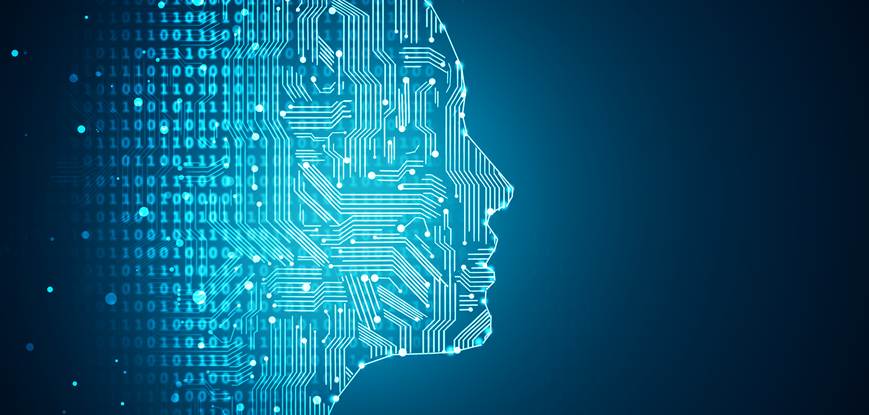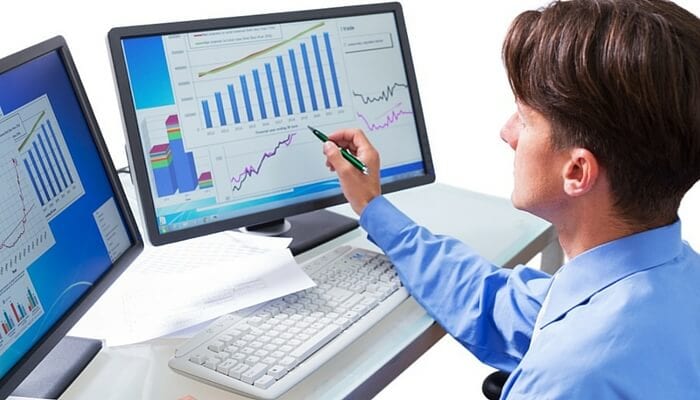While the potential scope of AI is limitless, there’s no doubt that it has found a natural application in the form of financial trading and the investment markets. After all, AI can provide investors with the tools to capture huge swathes of data and analyse this in real-time, enabling them to make informed and agile decisions even when executing multiple orders simultaneously. In the post below, we’ll look at the future trends in this market and ask what role AI will play in trading and investments going forward. Successfully Leveraging Unstructured Data In recent times, we’ve seen a rise in the number of trading platforms that capture data and insight from unusual sources in order to inform investors. Take eToro, for example, which enable novice investors to learn directly from successful traders and strategies, driving success across an entire virtual network of enthusiasts. AI will continue this trend, with one of the main advantages of this technology being that it is capable of capturing and analysing huge swathes of unstructured data. The information, which is typically sourced from resources such as news blogs and social media channels has historically being difficult to leverage, despite the fact that it offers an incredible insight into prevailing trends and relevant statistics. By using AI and intuitive machine learning functionality, trading platforms can crunch the numbers across potentially thousands of asset classes before relying detailed and real-time data to individual investors. This can include even relatively obscure data metrics such as technical analysis and momentum, and in theory such technology would allow traders to rank stocks and assets accurately. This trend has emerged from the fundamental and widely-accepted understanding that AI is capable of processing large quantities of structured data in a live market setting. As it has evolved, it has also reached a point where it’s capable of capturing data correlations that are beyond the means of traditional statistical models, and this is only going to become more prominent as machine learning capabilities become more advanced over time. This is why trading institutions across the globe are making increased efforts to recruit software engineers from Microsoft, Apple and Google, in a bid to build larger AI clusters and deliver a comprehensive investment service to their clients. What About Chart Pattern Recognition? On a similar note, recent developments have also seen AI have a significant impact on chart pattern recognition technology. This is an important feature of financial market trading, as charts are used to present large sets in a concise manner that highlights patterns and allows for real-time analysis. With AI, however, traders are now able to scan every single asset and review all the classical chart patterns in any given scenario. In the near-term, this will empower traders and allow them to access comprehensive charts and visual data sets, while also saving considerable amounts of time and increasing exposure to potentially lucrative trading opportunities that would otherwise have been missed. In many ways, this summarises the role that AI will continue to play in the future of the investment market, as it enables investors to operate more efficiently while also optimising your potential returns. AI will also become increasingly influential in the future, which may in turn make the wider financial markets even more accessible to everyday citizens and part-time traders.
Δ



